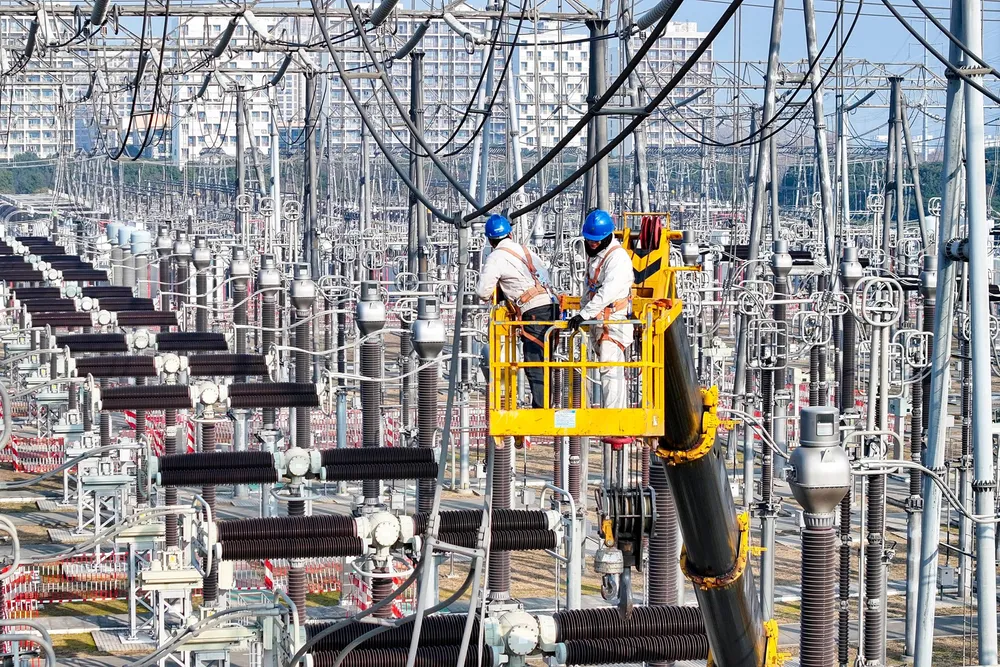Five big headaches for Europe's power system
The latest annual Power Barometer report from Europe's electricity industry body, Eurelectric, flags challenges ranging from energy-hungry data centres to negative prices

China on the march
Feeding the Big Tech data centre monster
The vast AI-ready facilities planned by tech giants such as Google, Microsoft and Amazon are now “emerging as a new challenge” for the European power system, said Eurelectric. There were 1,000 data centre facilities in the EU27 plus the UK by the end of 2024, with the sector expected to blow past 150TWh and match the entire power needs of Spain by the end of the decade. Eurelectric reckons the concentration of data centre demand in major hubs will require a stronger grid and smart planning, as well as extra capacity, if it’s to be met.
Negative power prices surge
Negative pricing occurred in 4.5% of hours on average across the EU so far in 2025, well up on 2019's 0.5%, but worst performer Sweden experienced them in 9.4% of hours. The negative pricing epidemic has accordingly driven down capture prices – the price levels generators actually receive on average from their assets – and hit the market for power purchase agreements (PPAs) as utilities and others fight shy of the higher risks involved, warned Eurelectric.
Europe's grids money pit
Investment is piling into grids, but still not enough. Eurelectric reckons EU distribution system operators (DSO) spending will hit €43bn ($51bn) this year, but that’s up to €24bn short of what’s needed, depending on how the market evolves. Meanwhile, renewables are still queuing up in huge numbers to connect to distribution grids – connection requests across the EU exceeded 450,000 in 2024, more than double 2021’s figure.
(A lot) more batteries needed
Battery Energy Storage Systems (BESS) will need to hit at least 60GW by 2030 if the EU is going to meet its flexibility goals, Eurelectric believes. The level is growing. The Barometer cites estimates the operational level will hit 13GW-plus by the end of this year and 30.5GW “within the next few years” – but doubts remain whether the growth will be fast enough. On the upside, more countries are adopting support schemes for BESS as battery prices fall, says the report.
But carbon-free energy continues progress
On a more positive note, Eurelectric's 2025 Barometer said clean power (renewables plus nuclear) rose to a record 72% share of EU power generation in the first half of 2025, well above 2019's levels. For the first time, solar overtook coal in the EU power mix.
Power prices stabilised after the shocks of Russia's invasion of Ukraine. The average wholesale prices was €82/MWh in 2024 against a peak of €227/MWh in 2022. However, wholesale prices remain volatile and subject to regional disparities, while heavy industries and power consumers are still suffering.
“To address market volatility, we need to invest in grids, storage and flexibility. At the same time, sluggish demand remains a barrier to sustained investments.” said Kristian Ruby, secretary general of Eurelectric.
Demand grew by 1% in 2024 , remaining 7% lower than 2021 levels, the body said. "Incentivising electrification will be key to reaching the 32% target by 2030 set out by the EU's Clean Industrial Deal," up from 23% now, Ruby added.
(Copyright)